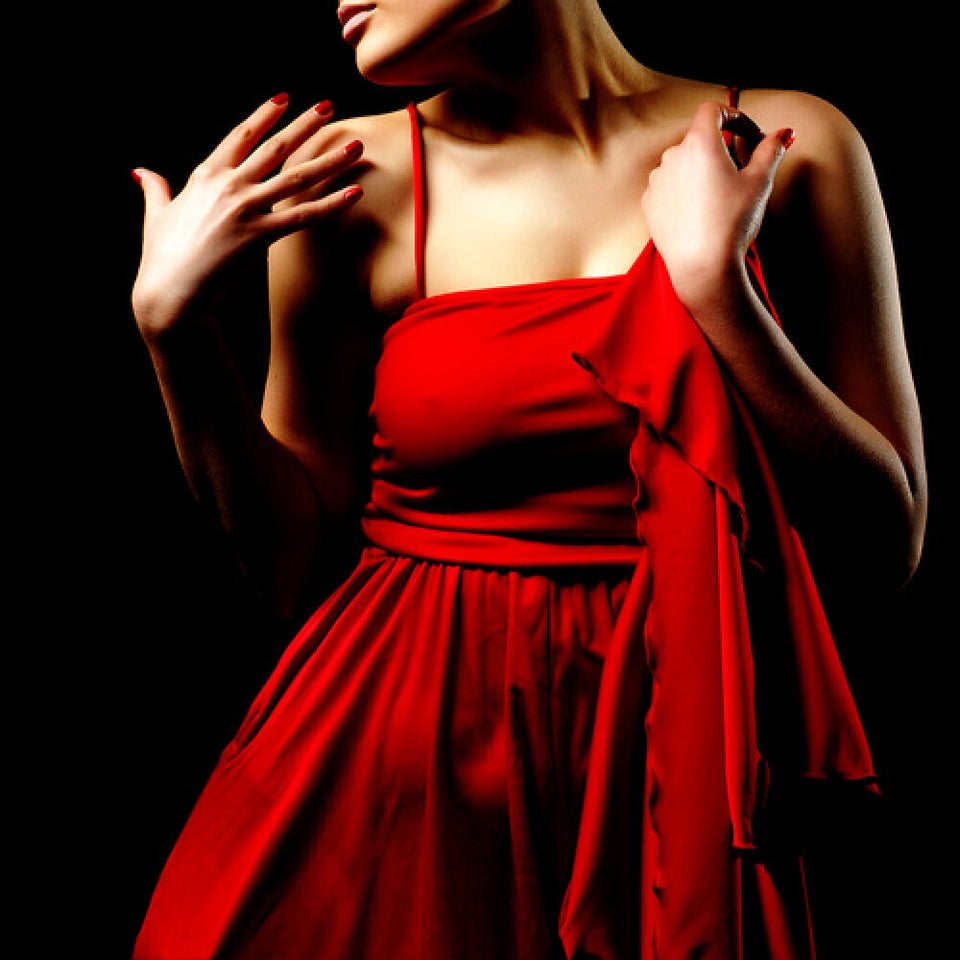When I wore black to business meetings in San Francisco, I was perceived as sophisticated. However, when I wore black to meetings in certain small school districts, I was considered aloof. A change of wardrobe colour altered perceptions.
What do the colours you wear say about you? Colours you wear may affect your mood as well as how others perceive you. Work environment colours also matter.
At a subconscious level, colours affect people in different ways. Colours can send positive or negative messages. Using colours effectively to dress, decorate your office or design your website can put you ahead of the competition.
SLIDESHOW: COLOURS AND WHAT THEY CONVEY
Research on the psychology of colour consistently demonstrates that colors evoke emotional, behavioural and physical responses. Advertising executives know that a product can have a completely different impact if the packaging colour is changed. Psychologists have found that certain colours in our environment help or hinder performance of certain tasks. Mental concentration is best in cool environments while exercise is best performed in warm environments.
Generally, warm colours such as red and its neighbouring hues on the colour spectrum are active, exciting. Cool colours such as light green, blue and violet are passive, calming. Reds tend to stimulate the central nervous system and increase bodily tension, while cool colours release tension. Meanings change with lighter or darker shades of colours, and different cultures have differing views.
Research suggests that blue is the most favoured colour, followed by pink, green, red, purple and black. Brown is the least popular, followed by white, yellow and orange.
Personality traits are reflected by your preferred colour. Extroverts like red, introverts blue. Yellow is the choice of intellectuals, and well-balanced individuals tend to wear green.
Using color positively
Use colour to trigger desired emotions. Surround yourself with favourite colours to lift your spirit. In addition to selecting colours that suit you, attend to how you feel and the message you want to project.
When dressing for important meetings, plan your wardrobe to achieve impact. If you wear more than one colour, combine the meanings to create your desired effect.
Remember to dress with authority. The dark suit, navy or medium to dark grey, with a crisp shirt and contrasting tie is appropriate for men. A conservative navy, grey or tan business suit is suitable for women.
COLOURS
Red exudes power, energy, excitement and passion. It makes peoples' hearts beat faster.
Wear red when you want to be assertive, need an energy boost or exude sexuality. Red is effective as an accessory to project energy. Avoid red when you feel nervous, want to elude attention.
Orange represents creativity, confidence, joy, sensuality and ambition. It suggests vibrant health and has positive effects on emotional states.
Wear orange when you want to have fun, heighten creativity or heal emotions. Avoid it when you feel restless, dependent, fearful, want to relax.
Yellow is associated with happiness, freedom, optimism and mental concentration. Yellow speeds metabolism. Some shades suggest cowardice; golden shades promise good times.
Wear yellow when you need to attend to details, maintain mental alertness, feel happy. Use sparingly because it can be overpowering. Avoid yellow when you're fearful, want to evade attention, relax.
Green suggests security, abundance, love, growth, luck and balance. It's also associated with envy. Forest green projects conservatism, wealth, but olive green may represent illness.
Wear green when you want to see things from a different perspective, need to feel grounded, calm, generous. Don't wear it when you're confused, feel stagnant, want to be alone.
Blue represents authority, structure, communication, dependability, trust and loyalty. Some shades or too much blue can project coldness.
Wear blue when you want to exude power, have mental control, be conservative, respected or communicate an important message. Don't wear blue when you feel isolated, depressed, critical.
Grey is practical, timeless, cautious, successful and solid. Some shades are associated with age, depression, lack of direction. Excessive use of gray leads to feelings of being invisible, but a touch adds feelings of stability.
Wear grey when you want to feel self-sufficient, isolate yourself. Avoid it when you feel lonely, stressed.
Brown is associated with stability, honesty, practicality and commitment. Wear brown when you need to work hard, be a team member or organized. Avoid it when you want to expend energy, play, feel insecure.
Pink represents love, affection and serenity. Wear it when you want to feel feminine, lovable, need to concentrate and listen. Avoid pink when you feel vulnerable, insecure, fragmented, are giving more than receiving.
Purple is associated with prosperity, spirituality and sophistication. When overused it communicates ostentatiousness. Wear purple to project wisdom, trust, release destructive emotions. Don't wear it when you want to evade societal regulations.
Black represents power, elegance, discipline and mystery. Sometimes, it's associated with evil and grieving.
Wear black to communicate an authoritative image or protect emotions. Since too much black can overwhelm some, don't wear it when you want to establish rapport.
White symbolizes purity, cleanliness, safety, completion, strength and neutrality. Wear white to feel peaceful, convey a well-balanced, optimistic personality. White is most effective as part of an ensemble. Too much can project coldness, isolation.
Make a great impression. Use color to create the desired effect. You're that first flash of color others see.
